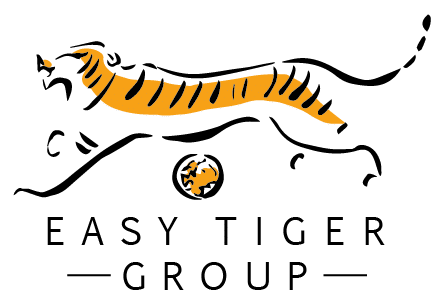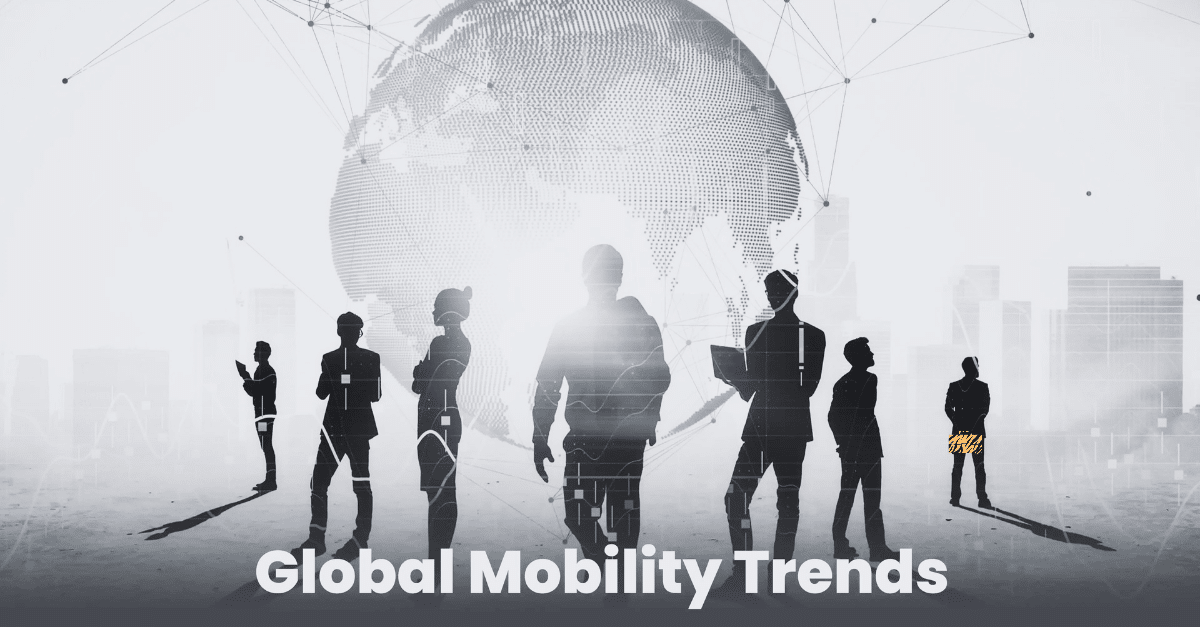How 2025’s Economic Shocks are Forcing Companies To Rethink International Strategy
A New Economic Reality
As we move through 2025, global businesses face a powerful convergence of disruption: tariffs, inflation, and shifting talent mobility dynamics. These forces are no longer isolated events. They are interwoven, creating a ripple effect that touches everything from trade logistics to global hiring practices.
Organizations must now adapt with agility, reassessing how and where they deploy talent, manage supply chains, and maintain international reach in a higher-cost, higher-risk world.
Trade Wars Return, With a New Edge
The reintroduction of aggressive U.S. tariff policies has triggered immediate and far-reaching impacts. Highlights include:
- A 145% tariff on Chinese imports
- 25% global duties on car imports
- 10% tariffs on UK exports
These moves have destabilized long-established supply routes. U.S. ports such as Los Angeles and Seattle are experiencing dramatic declines in traffic. Meanwhile, countries like Vietnam and South Korea are tightening export controls to crack down on tariff evasion schemes.
In the UK, the service sector has contracted for the first time since 2023. Business sentiment is dropping, especially among firms reliant on overseas clients. The trade ripple is real—and it’s shaking confidence across the board.
Inflation and Cost Pressures Surge
These tariffs are not just policy moves; they are fuelling broader inflation:
- Caterpillar is absorbing an extra $350 million in quarterly costs.
- Tesla has reported a 71% drop in profits.
- Rivian has revised its 2025 production forecast downward.
Businesses are facing increased costs for everything from raw materials to cross-border logistics. Smaller companies, in particular, are struggling to keep up. Supply chains are being restructured not just for efficiency but for survival.
Rethinking Talent Mobility
As relocation costs rise and geopolitical risks mount, companies are reassessing global mobility strategies. Major shifts include:
- A reduction in long-term international assignments
- A rise in virtual mobility enabling remote collaboration instead of relocation
- Localized hiring strategies, to bypass immigration and cost barriers
The 2025 EY Mobility Reimagined report highlights the consequences: 48% of employers report difficulty finding global talent, and 74% are experiencing delays in filling senior roles.
Mobility is no longer just an HR function. It’s now a business imperative.
Strategic Responses from Global Employers
Forward-looking organizations are responding with a mix of short-term fixes and long-term redesigns:
- Rewriting mobility policies with more flexible options and fewer guaranteed perks
- Investing in digital tools to track mobility costs, measure ROI, and manage virtual teams
- Diversifying suppliers and locations to reduce exposure to tariff-heavy markets
- Engaging with trade and immigration policymakers to shape more stable conditions
These moves signal a shift from reactive to proactive global strategy.
Final Thought: Agility Is the Advantage
The companies that will thrive in this high-turbulence global economy are those that treat change as a competitive lever. Tariffs and inflation are not passing problems, they’re structural challenges that demand structural solutions. Mobility, trade, and workforce models must evolve in tandem. The ripple effects are here and the most resilient businesses are already adapting.

